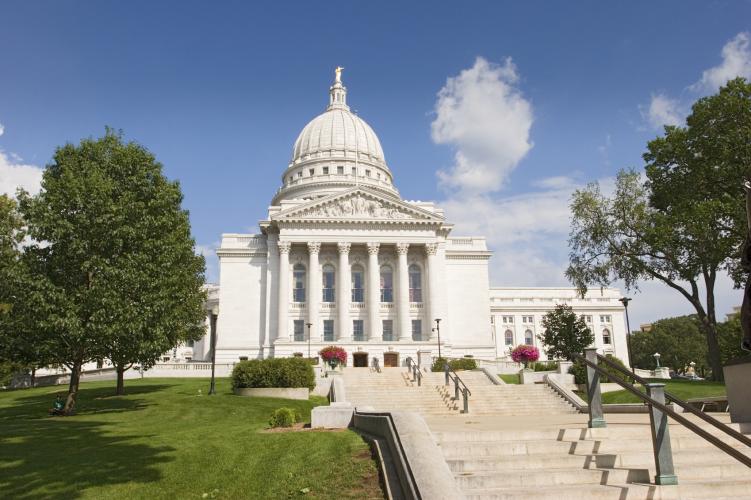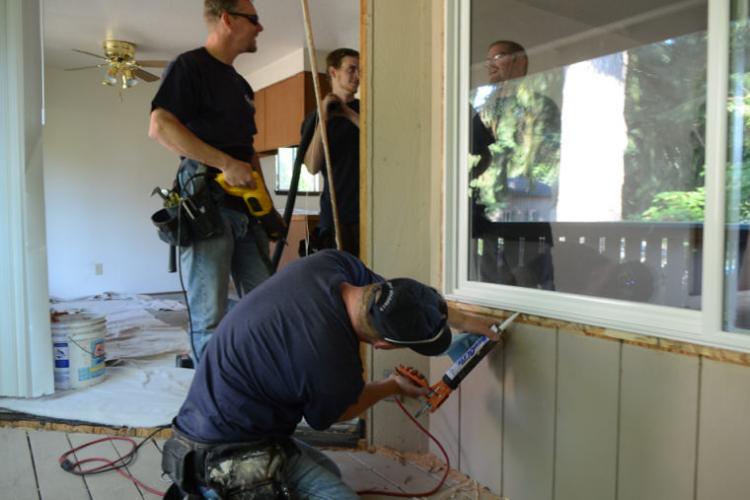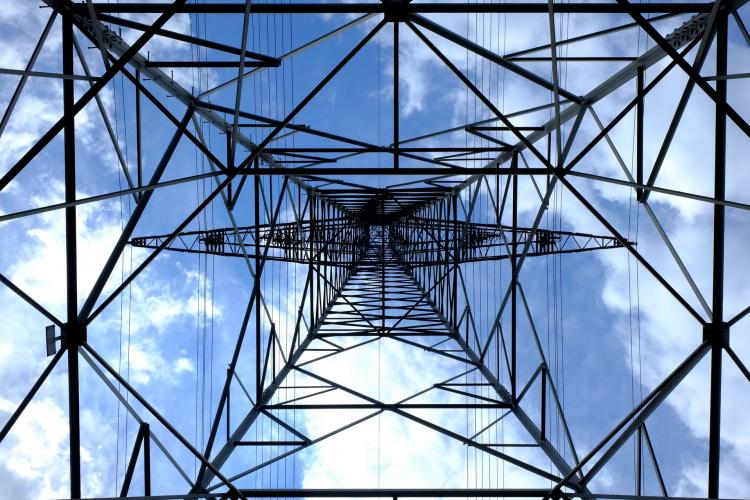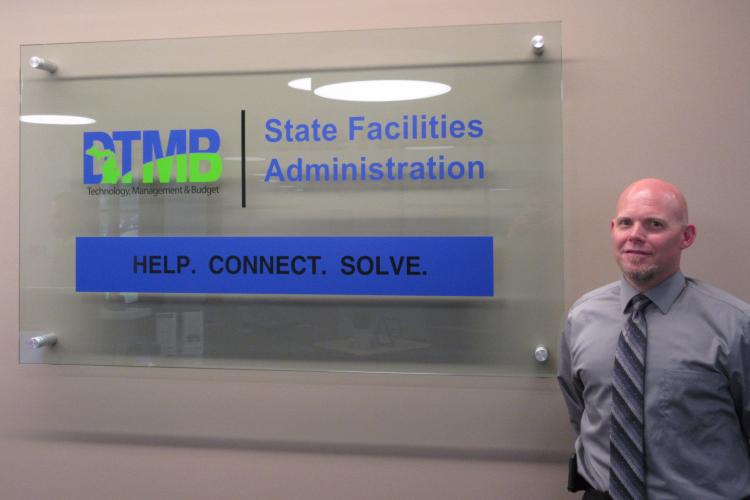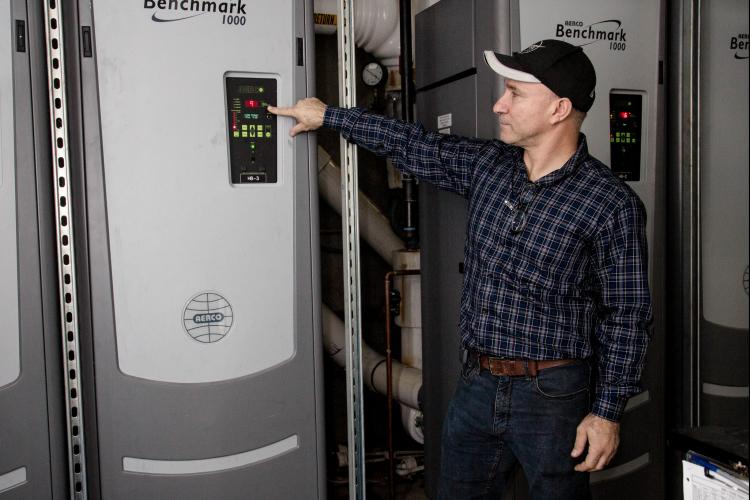With BOC, Kentucky is on the Fast Track to Commercial Energy Savings
2018 marked the first time that a Building Operator Certification (BOC) series was held in the Bluegrass State. Kentucky’s Energy and Environment Cabinet (EEC) provided funding that subsidized the cost of tuition for students in 2018 while helping MEEA get the training off the ground and established in the state.

